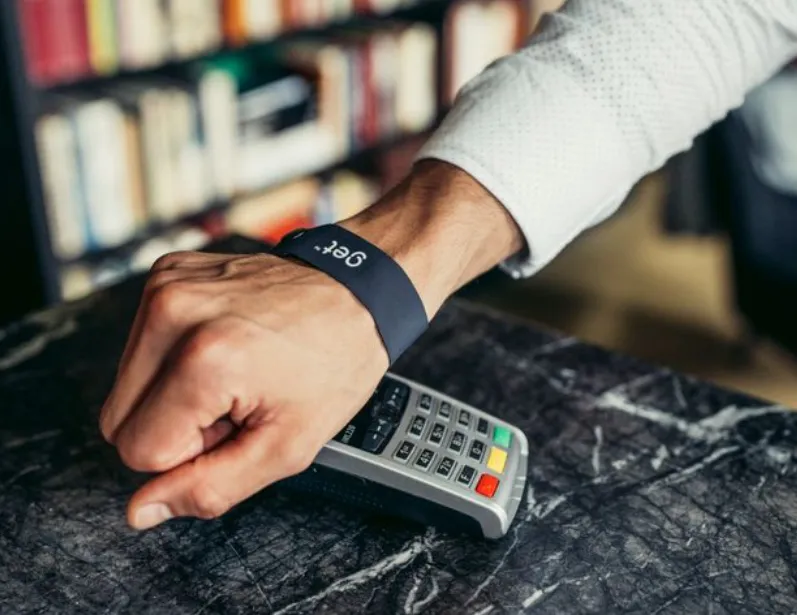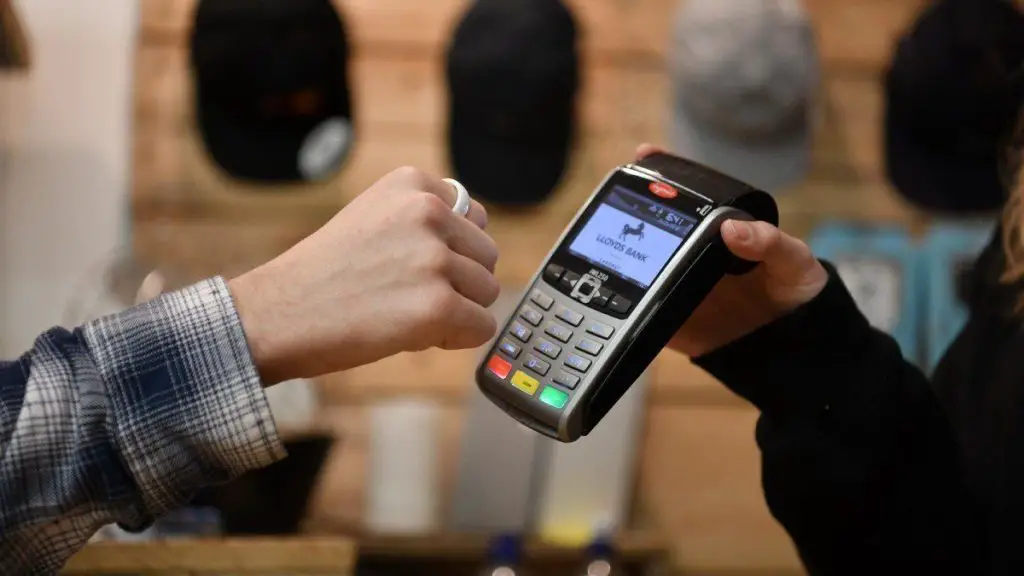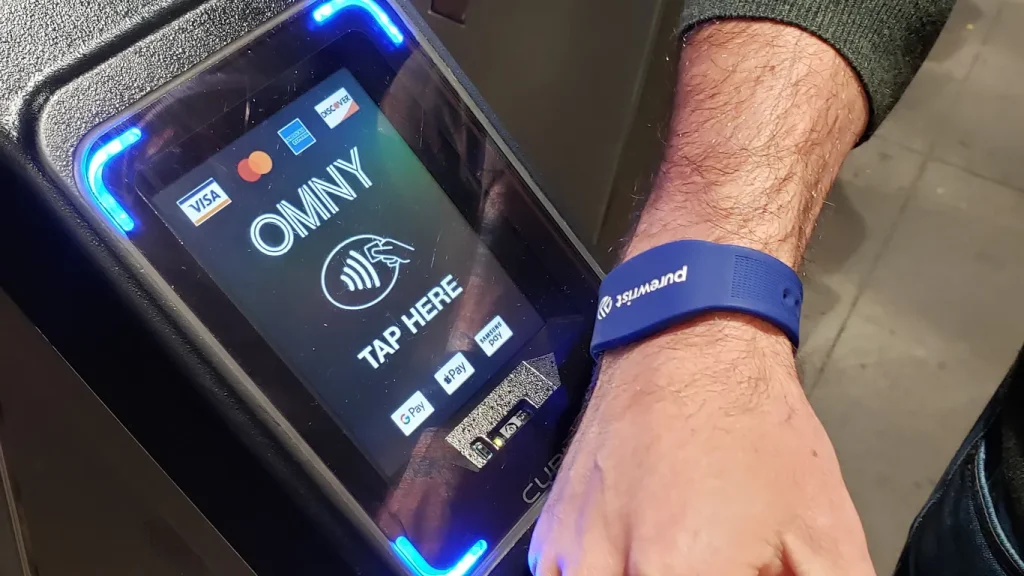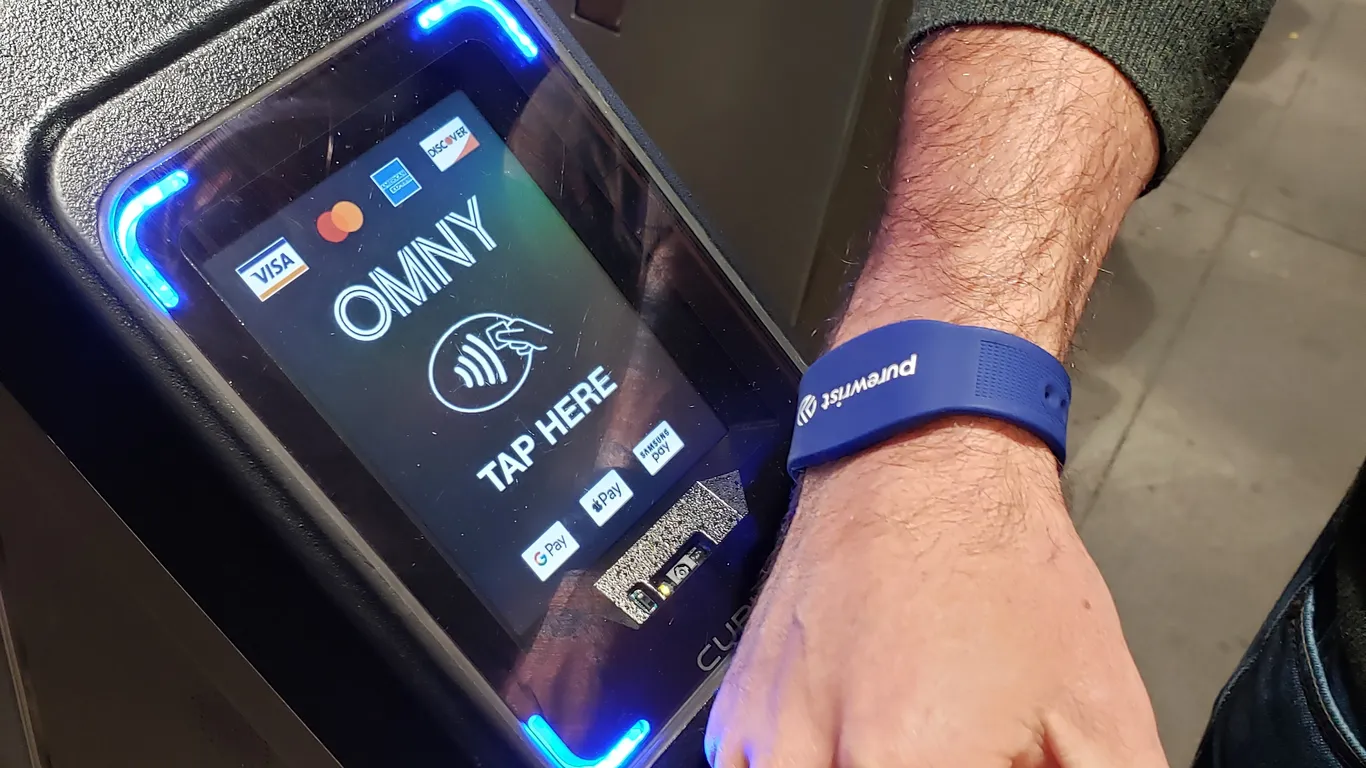Hey there, savvy shoppers and tech-curious folks! Remember the days of fumbling for your wallet, digging through a mountain of cards just to make a simple payment? Well, those days might be fading fast, thanks to the rise of wearable payment devices. We’re talking about smartwatches that let you tap and pay, fitness trackers with built-in payment chips, and even stylish rings that can handle your transactions. Pretty neat, huh?
But as with any new technology that handles our hard-earned cash, a big question mark looms: are wearable payment devices safe? It’s natural to feel a little hesitant about entrusting your financial security to something you wear on your wrist or finger. After all, we’ve been conditioned to think of wallets and bank cards as the standard for secure payments.
So, let’s put on our detective hats and delve into the world of wearable payments. We’ll explore how they work, the security measures they employ, and address those nagging concerns about safety. Ready to tap into the truth?
What Exactly Are Wearable Payment Devices?

Think of them as your traditional payment cards, shrunk down and embedded into something you wear. These devices use Near-Field Communication (NFC) technology, the same tech that powers contactless payments with your credit or debit card.
When you want to make a purchase, you simply hold your wearable payment device near a contactless payment terminal. The NFC chip in your device communicates securely with the terminal, and the transaction is processed. It’s quick, convenient, and increasingly common.
These devices come in various forms, including:
- Smartwatches: Many popular smartwatches now offer built-in payment functionality.
- Fitness Trackers: Some fitness trackers also include NFC payment capabilities.
- Smart Rings: Sleek rings embedded with payment chips are gaining popularity.
- Payment-Enabled Wristbands: These are often used for events or specific payment systems.
How Do Wearable Payment Devices Actually Work?
The magic behind wearable payments lies in a combination of hardware and software security features. Here’s a simplified breakdown of the process:
Tokenization: Your Card’s Secret Identity
Instead of storing your actual credit or debit card number directly on the wearable device, a process called tokenization is used. Your bank or payment provider replaces your sensitive card details with a unique digital identifier, or “token.” This token is what’s actually stored on your device and used for transactions.
Think of it like giving a nickname to your credit card. The merchant only sees the nickname (the token), not your real name or card number. If the token is compromised, your actual card details remain safe.
Secure Element: A Fort Knox on Your Wrist
Many wearable payment devices incorporate a secure element – a tamper-resistant chip designed to protect sensitive information like the payment token and encryption keys. This secure element acts like a tiny vault within your device, ensuring that the payment data is isolated and protected from unauthorized access.
Encryption: Scrambling the Signals
When you make a payment with your wearable device, the transaction data is encrypted before being transmitted via NFC to the payment terminal. This encryption scrambles the information, making it unreadable to anyone who might try to intercept the signal. It’s like sending a secret message in code.
Authentication: Proving It’s Really You
To prevent just anyone who finds your wearable from making payments, most systems require some form of authentication. This could involve:
- PIN Entry: You might need to set up a PIN that you enter on your smartwatch after putting it on.
- Biometric Authentication: Some devices use fingerprint scanning or even heart rate monitoring to verify your identity before enabling payments.
- Wrist Detection: Many smartwatches require skin contact to activate the payment feature, disabling it once the watch is removed.
Peering into the Future: Are Smart Contact Lenses the Ultimate Wearable?
Addressing the Safety Concerns: Are They Legitimate?

It’s natural to have questions and concerns about the safety of wearable payment devices. Let’s tackle some of the common worries head-on:
What if my wearable device is lost or stolen?
This is a valid concern. However, the security measures we just discussed are designed to mitigate this risk. Because your actual card details aren’t stored on the device, and authentication is usually required, a lost or stolen wearable is generally less risky than a lost or stolen physical credit card.
Most wearable payment platforms also allow you to remotely disable or wipe the payment functionality from your linked phone or computer, further protecting your funds. It’s like having a kill switch for your digital wallet.
Could hackers intercept my payment information during a transaction?
While theoretically possible, intercepting NFC payment data is extremely difficult in practice. The communication range of NFC is very short (usually only a few centimeters), and the data is encrypted.9 It would require a sophisticated attacker to be in very close proximity at the exact moment of the transaction and have the technical know-how to decrypt the data in real-time – a highly improbable scenario.
Think of it like trying to eavesdrop on a conversation happening right next to you in a crowded room – difficult enough. Now imagine that conversation is being spoken in a secret code that changes every few seconds. That’s a pretty good analogy for the security of NFC payments.
Are my personal and financial data at risk?
The use of tokenization significantly reduces the risk of your actual card details being exposed. The merchant only receives the token, and your sensitive information remains with your bank or payment provider. Reputable wearable payment platforms also employ robust security measures to protect your linked account information.
However, it’s crucial to choose wearable devices and payment platforms from reputable providers with a strong track record of security and data protection. Just like with any online service, it pays to do your research.
What about privacy? Is my transaction data being tracked?
Like any digital payment method, transactions made with wearable devices can be tracked by your bank and the payment platform.12 This data is typically used for fraud prevention and to provide you with transaction history. However, reputable providers have privacy policies in place to protect your personal information.
If you’re concerned about privacy, it’s essential to review the privacy policies of the wearable device and the payment platform you’re using to understand how your data is collected, used, and protected.

The Security Advantages of Wearable Payments
Interestingly, wearable payment devices can actually offer some security advantages over traditional cards:
- Reduced Card Skimming Risk: Because you’re not physically swiping your card at a terminal, the risk of card skimming – where criminals install devices to steal your card information – is significantly reduced.
- Enhanced Authentication: Features like PIN entry, biometric authentication, and wrist detection add layers of security that aren’t always present with traditional cards.
- Remote Disabling: The ability to remotely disable payment functionality if your device is lost or stolen provides an extra layer of protection.
- Tokenization Security: As mentioned earlier, tokenization is a powerful security measure that protects your actual card details.
Tips for Staying Safe with Wearable Payments
While wearable payment devices are generally considered safe, there are steps you can take to further enhance your security:
- Choose Reputable Providers: Opt for devices and payment platforms from well-known and trusted companies with a strong security focus.
- Enable Strong Authentication: If your device offers PIN or biometric authentication, make sure to enable it and use a strong, unique PIN or a secure biometric.
- Keep Your Device Secure: Just like you would protect your phone, take care of your wearable device to prevent unauthorized access.
- Be Aware of Your Surroundings: While NFC has a short range, be mindful of who is around you when making payments in crowded areas.
- Monitor Your Transactions: Regularly check your bank statements and payment history for any suspicious activity.
- Utilize Remote Locking/Wiping: Familiarize yourself with the remote locking or wiping features offered by your device and payment platform.
- Keep Software Updated: Ensure that your wearable device and linked phone have the latest software updates, as these often include security patches.
The Future of Secure Wearable Payments
As wearable payment technology continues to evolve, we can expect even more sophisticated security features to be implemented. This could include advancements in biometric authentication, more robust encryption methods, and enhanced fraud detection systems.
The convenience and speed of wearable payments are undeniable, and as security measures continue to improve, they are likely to become an increasingly integral part of our daily lives.
Conclusion: Tapping into a Secure Future?
So, are wearable payment devices safe? The answer, based on the technology and security measures currently in place, is generally yes. The use of tokenization, secure elements, encryption, and authentication methods provides a robust security framework. In some ways, they can even be more secure than traditional physical cards.
However, like any technology connected to our finances, it’s crucial to be informed, choose reputable providers, and take sensible precautions. By understanding how these devices work and following best practices, you can tap and pay with greater confidence, embracing the convenience of wearable payments without undue worry. The future of payments is increasingly wearable, and with the right security mindset, it can be a safe and seamless experience.
Unique FAQs About Wearable Payment Devices
1. Can someone “bump” my wearable device against a payment terminal and make a payment without my knowledge?
Generally, no. For a transaction to occur, the wearable device typically needs to be actively brought within a very close range (a few centimeters) of the payment terminal. Additionally, many systems require the device to be “awake” or unlocked, often through wrist detection or a recent PIN entry, before a payment can be initiated. Accidental or unintentional payments are highly unlikely.
2. What happens if the battery on my wearable payment device dies while I’m trying to pay?
If your wearable device’s battery dies, the payment functionality will also cease to work. You’ll need to rely on alternative payment methods, such as a physical card or cash, until you can recharge your device. It’s always a good idea to keep your device charged, especially if you plan on using it for payments.
3. Are there any additional fees associated with using wearable payment devices?
In most cases, there are no additional fees charged by your bank or the payment platform for using wearable payment devices. The transactions are typically processed in the same way as contactless payments with your physical card. However, it’s always a good idea to check with your bank or payment provider to confirm their specific policies.
4. Can I use my wearable payment device internationally?
Whether you can use your wearable payment device internationally depends on several factors, including the payment platform supported by your device, your bank’s policies on international transactions, and the availability of contactless payment terminals in the country you’re visiting. It’s best to check with your bank and the device manufacturer before traveling.
5. If I return an item I purchased with my wearable payment device, how does the refund process work?
The refund process for purchases made with a wearable payment device is generally the same as with a contactless card payment. The merchant will typically initiate a refund to the payment token used for the original transaction. The refunded amount should then be credited back to your linked bank account.
